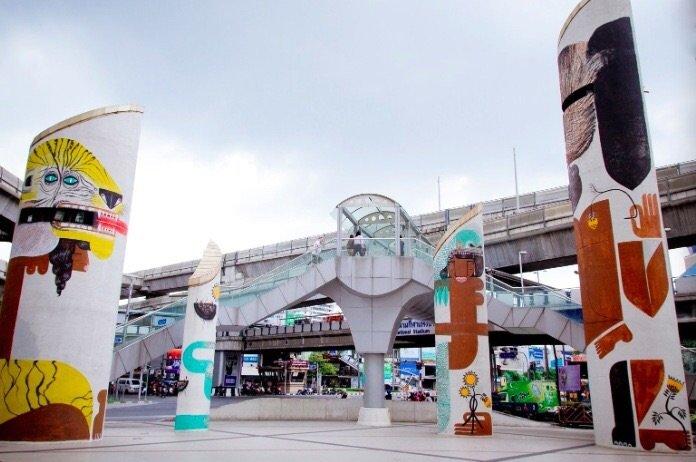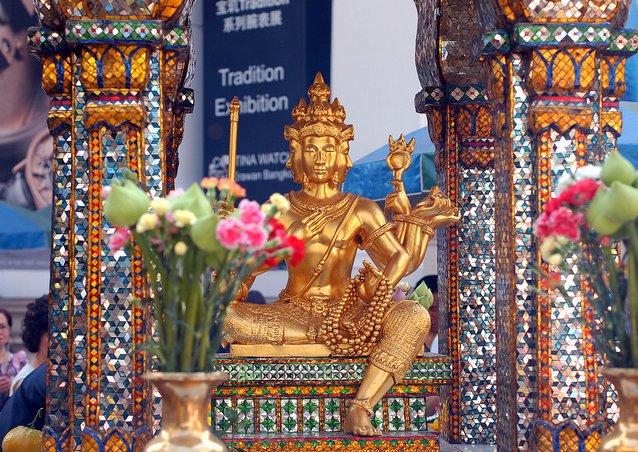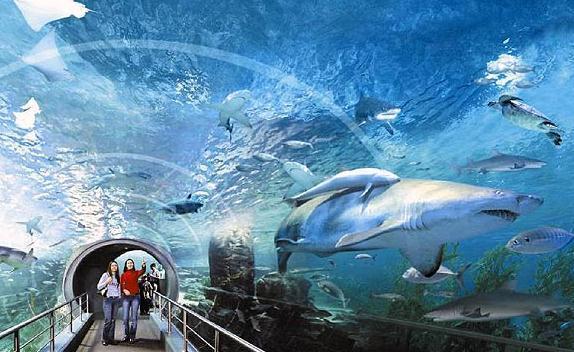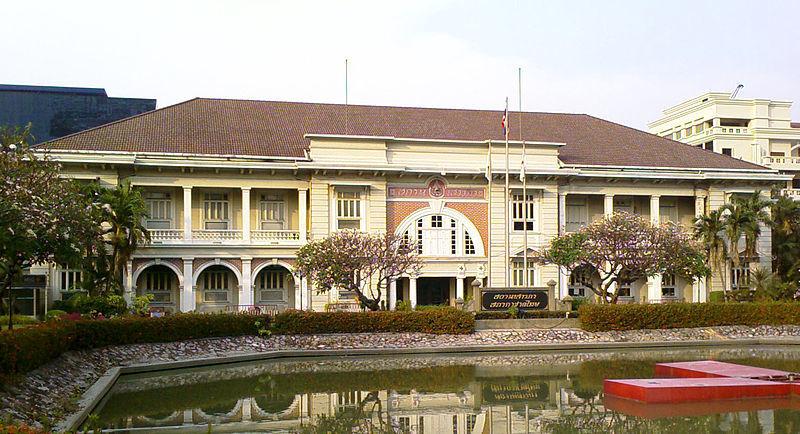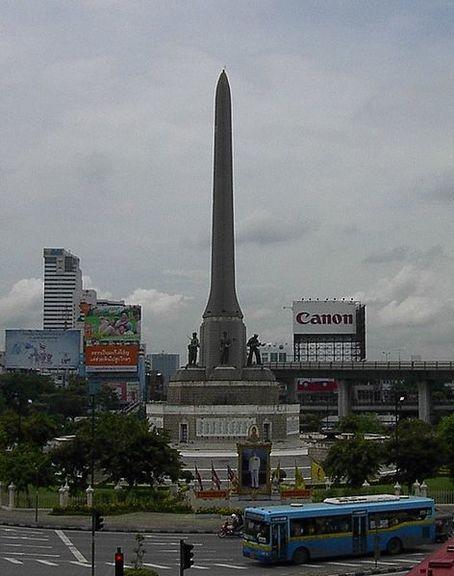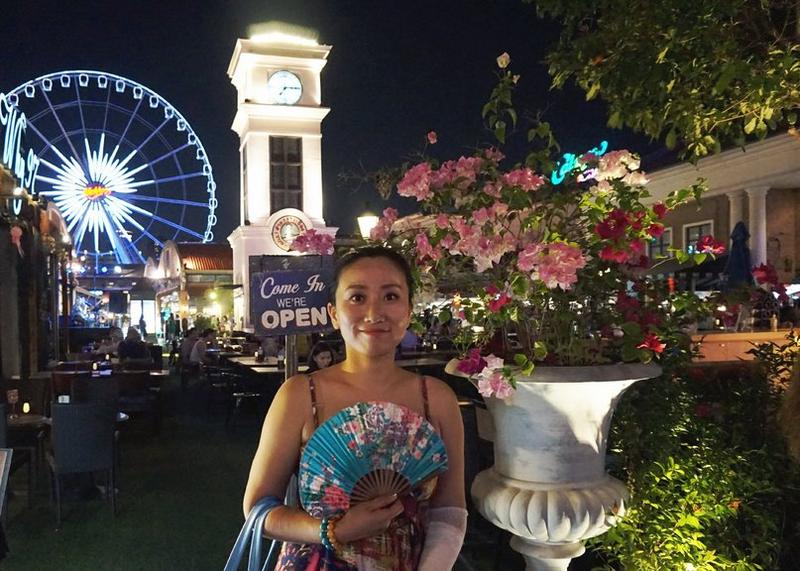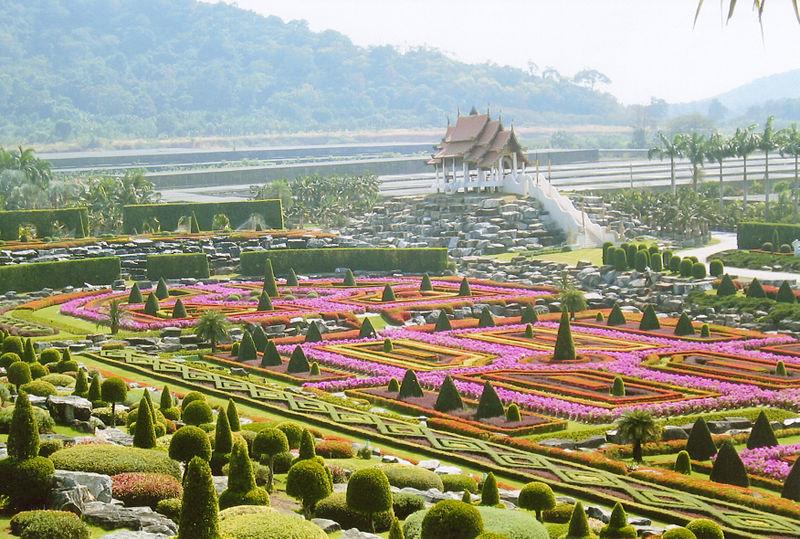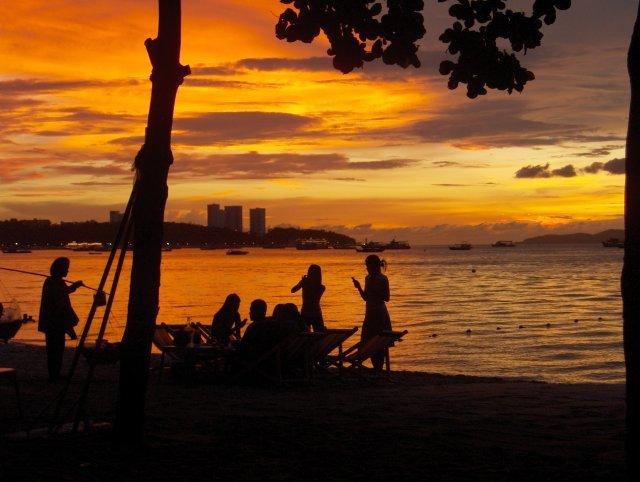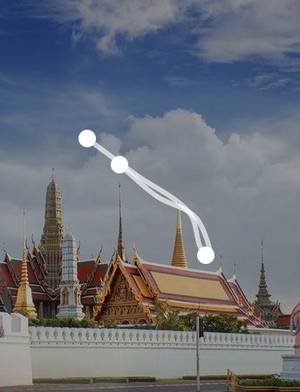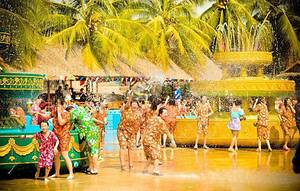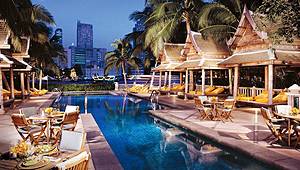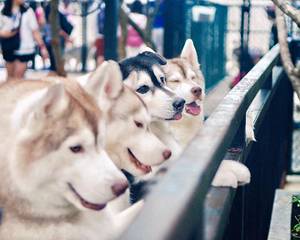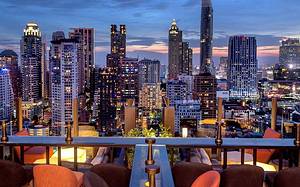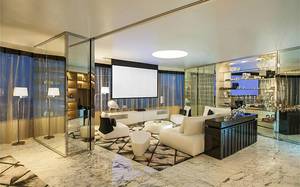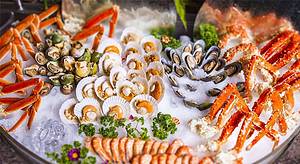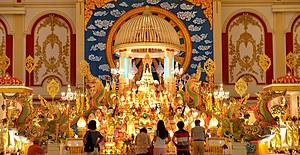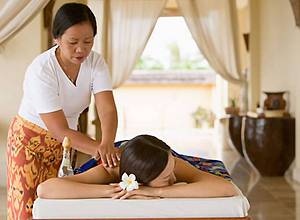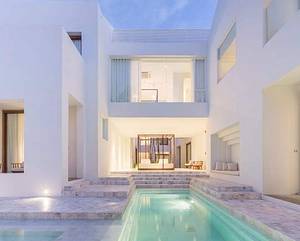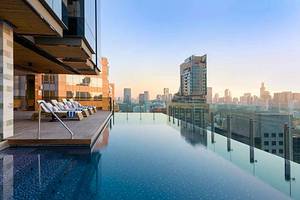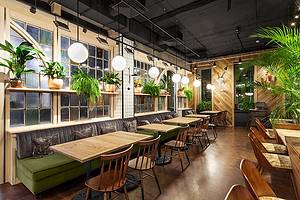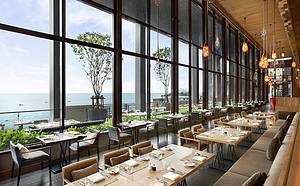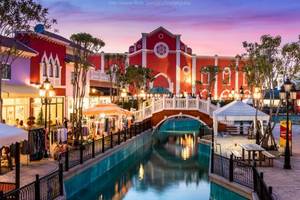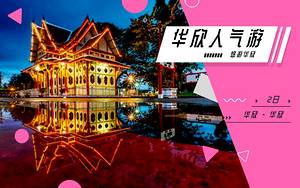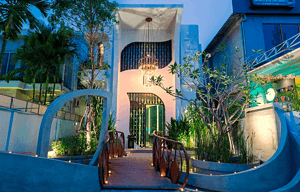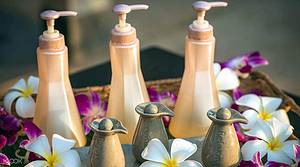Bangkok-Pattaya 5-day must-play itinerary
2 cities |
18 attraction(s) |
total distance 118
km
 TIPS
TIPS
Day1
Day2
Day3
Day4
Day5
Day1: Bangkok
5 attraction(s) ·
17 km
1
The Grand Palace, also known as the Grand King's Palace, is the largest palace complex in Thailand, showcasing the essence of Thai architecture, decoration, carving, painting, and other ethnic characteristics. It is located on the east bank of the Chao Phraya River and was built in 1782 during the reign of King Rama I. It used to serve as the royal residence of the Kingdom of Siam. The current royal residence has been relocated to the Chitralada Palace, and the Grand Palace is only used for a few ceremonial activities. The Temple of the Emerald Buddha located within the Grand Palace is the most sacred temple in Thailand, where important ceremonies by the royal family have been held throughout history.
Travel tip: Most ATMs around the Grand Palace area accept UnionPay cards for cash withdrawals in Thai Baht. Using a debit card at ATMs usually incurs lower transaction fees.
2
km
2
Wat Pho, also known as the Temple of the Reclining Buddha, is located next to the Grand Palace. It is the oldest and largest temple in Bangkok, and an important landmark in the city. It consists of a main temple area and a monastic quarter, both of which are open to visitors. The temple is famous for its huge reclining Buddha statue, which measures 46 meters long and 15 meters high. The temple was built in 1788 and has undergone multiple renovations and expansions over the years.
5
km
3
Wat Arun, also known as the Temple of Dawn, is a Buddhist temple located on the west bank of the Chao Phraya River in Bangkok, Thailand. It is the largest Mahayana-style stupa in Thailand and is often referred to as the "Eiffel Tower of Thailand". The temple was built during the Ayutthaya Kingdom and later renovated in 1809 and 1847. It is one of the oldest and most popular temples in Bangkok, with its main tower reaching a height of 82 meters. The temple also houses two smaller temples, one in front of the stupa and another opposite the river, both containing various Buddha images. The famous Emerald Buddha, now enshrined in Wat Phra Kaew, was previously housed in Wat Arun during the Thonburi Kingdom.
6
km
4
Because it is adjacent to popular tourist attractions such as the Grand Palace, National Museum, and Art Museum, Khao San Road has always been favored by backpackers. There are many bars and speciality shops selling souvenirs here. Khao San Road is also near the famous Lumphini Night Market (wholesale souvenirs, open-air beer market). The annual Songkran Festival, a water festival, is also a major event on Khao San Road. Don't miss it if you want to experience the enthusiasm of the Thai people.
Quick tip: Almost all ATMs near Khao San Road accept UnionPay cards for withdrawing Thai Baht. Using a debit card for ATM withdrawals incurs relatively low fees.
5
km
5
The Chao Phraya River, also known as the River of Kings, is a major river in Southeast Asia, located in Thailand. It is referred to as the "Venice of the East" and originates from the Shan Plateau in northwestern Thailand. The river is formed by the confluence of two major rivers, the Ping River and the Nan River, and is called the Mae Nam Chao Phraya after their convergence at Nakhon Sawan.
Day2: Bangkok
5 attraction(s) ·
46 km
2
The Four-Faced Buddha, known for its efficacy, is one of the most popular and worshipped statues in Thailand. It attracts worshippers from all over the world. The four faces represent love, career, health, and wealth. After praying to all four faces, one should return to the front face and provide detailed personal information. Worship items such as incense and flower garlands can be purchased inside the Four-Faced Buddha at reasonable prices. Offerings include flowers, coconuts, and elephants. After praying, giving 20B to the nearby monk to request holy water is customary. After the wish is fulfilled, don't forget to give thanks.
When praying to the Four-Faced Buddha, it is important to follow a clockwise direction. Starting from the entrance face, leave a candle, make a wish, offer three incense sticks and a flower garland, and then proceed to pray to each face in a clockwise manner. Finally, scoop water from the left side basin, and pat the forehead, face, and arms.
First face: praying for business and career success (mercy)
Second face: seeking love and marriage (compassion)
Third face: hoping for wealth and prosperity (joy)
Fourth face: ensuring safety and wisdom (renunciation)
1
km
3
Largest aquarium in Southeast Asia, located on the lower level of Siam Paragon. Ideal for family trips, it features numerous marine creatures and large coral colonies, combining education and entertainment.
3
km
4
The Pasteur Institute, also known as the "Snake Hospital," is one of the world's two major research institutions dedicated to venomous snakes. It is unique in Southeast Asia and is renowned for its study of venomous snakes. Staff members collect venomous snakes, extract their venom to produce antivenom, and treat patients who have been bitten by venomous snakes.
Thailand is known as a treasure trove of venomous snakes, with a wide variety of snake species. The attached snake farm of the institute houses a large number of live venomous snakes. Thousands of snakes are categorized and housed in well-equipped glass enclosures. Dozens of venomous snakes, including cobras, pit vipers, red-tailed racers, saw-scaled vipers, and many others, can be seen sleeping or resting in a coiled position on the ground or perched on trees, calmly and leisurely.
Visitors can witness demonstrations where trained personnel catch snakes barehanded, feed them with white mice, and extract snake venom. Occasionally, they can also witness thrilling scenes of battles between mongoose and venomous snakes.
4
km
5
Yaowarat Road, Bangkok's Chinatown, is located in the southwest of the city centre and is one of the busiest commercial districts. It is formed by the intersection of Sampeng Lane, Yaowarat Road, and Charoen Krung Road, along with many other streets and alleys. It is known for its affordable restaurants and dishes such as bird's nest and shark fin. In the evening, it transforms into a seafood night market with great value for money.
Day3: Bangkok
3 attraction(s) ·
17 km
1
The Victory Monument is a military memorial monument in the Roman architectural style.
The Victory Monument is a famous landmark in Bangkok, Thailand. It is a transportation hub where many buses go to and from different destinations in Bangkok. There is also a bus from the airport that stops here, and you can transfer to go to Khao San Road or Chinatown.
The Victory Monument is tall and majestic, with statues of soldiers nearby. It is located at a large roundabout with an overhead train, a highway, and pedestrian overpasses. Standing on the bridge, you have a good view of the constant flow of vehicles passing by.
8
km
2
The Temple of the Emerald Buddha was built in 1782 and is a historic site of the Bangkok period of the Thai monarchy. King Rama I, the first king to relocate the capital to Bangkok, considered the Temple of the Emerald Buddha as a sacred religious site for the nation and held important ceremonies there. The temple does not house monks.
The Temple of the Emerald Buddha currently occupies about a quarter of the Grand Palace's area, located in the northeast direction within the palace. Inside the temple, there is a jade Buddha made from a single piece of translucent green jade, measuring approximately 66 cm in height and 48 cm in width. The jade Buddha is protected by glass and decorated with multiple layers of canopy, with a high pedestal. Each year, the royal family dresses the jade Buddha in different royal garments as a mark of respect. Four golden Buddha statues are also present around the jade Buddha, and the main temple walls depict the story of the life of Gautama Buddha from birth to Nirvana. The main hall that houses the jade Buddha has 40 square-shaped pillars and 112 bird-bodied human-headed gilded statues decorating the corridors.
The three main features of the Temple of the Emerald Buddha are its spire decorations, architectural ornamentation, and mural paintings. There are a total of 22 temples, varying in size, with key buildings including the Ordination Hall, the New Golden Stupa, the Bell Tower, the Library, the Royal Pantheon, the Reliquary Hall, the Loha Prasat, the Scripture Hall, the Prasat Phra Thep Bidon, and the Crematorium. The temple complex also features numerous towering pagodas, each with unique designs and vibrant colors, creating a magnificent sight.
Pro tip: Most ATMs near the temple accept UnionPay cards for withdrawing Thai Baht, and using a debit card typically incurs lower withdrawal fees at ATMs.
9
km
3
Asiatique Sky is Thailand's first large-scale Ferris wheel. It had its trial run in December 2012 and is located in the square of the AsiaTique night market. The huge Ferris wheel illuminates with purple colors at night, accompanied by live music on the square, creating a dreamy atmosphere. The Ferris wheel also offers private cabins for guests to choose from, accommodating either 2 or 3 people, with varying prices.
Day4: Pattaya
2 attraction(s) ·
8 km
1
The Sanctuary of Truth was built in 1981 on a peaceful coastal location in Pattaya. It is a wooden structure carved entirely by hand using traditional joinery techniques. Despite being relatively young, it gives off an ancient vibe due to the use of centuries-old wood. The building is coated with a protective oil that gradually develops a moss-like green color over time. It is not a temple but rather an art piece aimed at preserving Thai woodworking and carving traditions. The Sanctuary of Truth combines various religious and philosophical influences, with a length and height of 100 meters and 105 meters respectively. Visitors can not only admire this unique artwork but also participate in recreational activities such as elephant riding, horseback riding, traditional Thai dance performances, and feeding small sharks.
8
km
2
There is a big difference between Pattaya Walking Street during the day and at night. During the day, the entrance is quiet, but at night it is brightly lit. There are various street food and bars along the street, and it is a must-visit place for tourists. Here, you can enjoy cheap seafood meals. The bars often have music performances and Muay Thai shows.
Every year on late November and December 1st (World AIDS Day), there is a gay parade on Pattaya Walking Street in Thailand, with various parades and activities taking place. It is also the only gay beach in Pattaya.
Day5: Pattaya > Bangkok
3 attraction(s) ·
33 km
1
Dongba Leisure Park covers an area of over 1,600 acres and is a Thai-style countryside resort and leisure park. It feels like entering a large estate, with picturesque scenery and enjoyable activities such as visiting the breeding houses and watching carefully arranged performances. The main attractions in Dongba Leisure Park include Thai folk performances, elephant shows, and visits to the botanical gardens. The folk dances are authentically rustic, performed by villagers, while the elephant shows are particularly spectacular and attract the most visitors. The botanical gardens mainly feature orchids, and the green plants on both sides are available for sale.
23
km
2
Pattaya Beach is a 3-kilometer stretch of the 15-kilometer coastline in Pattaya with the finest sand and clearest water. It is a great beach for swimming, sunbathing, and various water sports. The beach is surrounded by tropical trees and coconut groves, showcasing the beauty of the oriental tropical scenery. The northern part of the beach is more peaceful with beautiful beach hotels and resorts, perfect for those who seek a quiet holiday. The southern part, on the other hand, is filled with numerous small hotels, restaurants, clothing stores, bars, nightclubs, and other commercial and entertainment venues, suitable for young people who enjoy liveliness and excitement.
10
km





